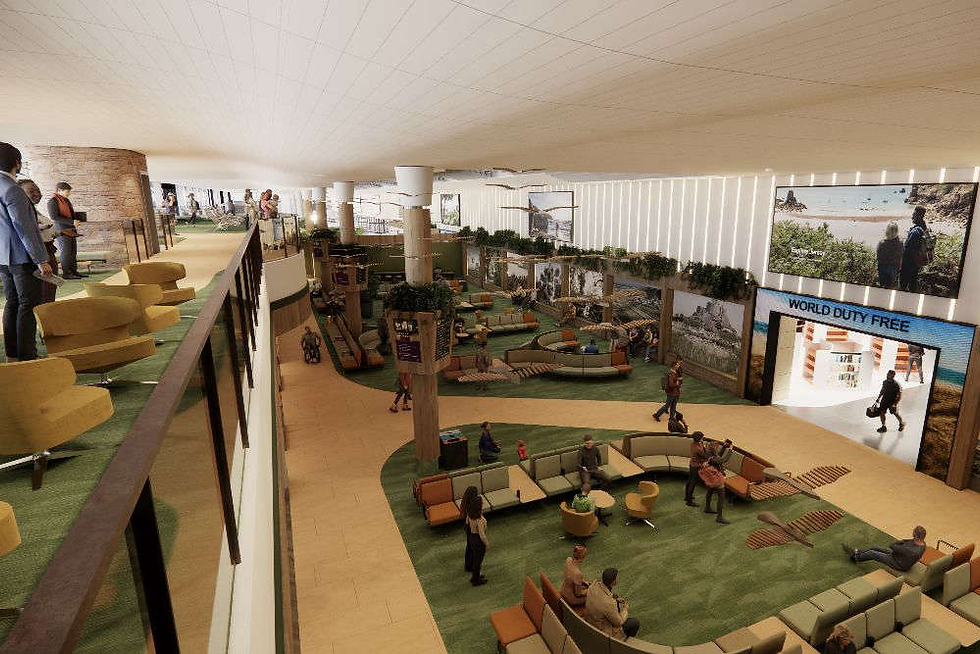Residents Voice Concerns Over Proposed Sewage Tank
- markdarrenwilkinso
- Jun 20
- 2 min read

Approval Granted for Underground Sewage Tank in Jersey Despite Local Concerns
Jersey’s planning committee has approved a major infrastructure project to construct a large underground sewage and stormwater storage tank on farmland in the west of the island.
The project, managed by the Infrastructure and Environment department, is expected to begin in September and take around 18 months to complete. Officials have stated that the current sewage and water systems are nearing capacity and risk failure without this upgrade, particularly as new housing developments are planned for the area.
The storage tank will be located at what authorities describe as a critical junction in the waste network, where increased rainfall and housing demand are likely to put further strain on the system. Without the upgrade, they warn that flooding and sewage overflows could become more frequent, potentially affecting local homes and roads.
However, residents living near the proposed site have voiced concerns about the scale and impact of the development. Many are worried that drilling 25 to 30 metres underground could destabilise nearby properties, while construction noise and possible odours from the tank have also raised alarm.
Some residents have questioned whether the chosen location—so close to existing homes—is appropriate, and have expressed frustration at what they view as a lack of transparency and consultation throughout the planning process. A group of 20 neighbours co-signed a statement objecting to the plans, citing insufficient communication and a belief that alternative sites were not adequately explored.
Despite these objections, the government has indicated that only a portion of the field will be used for the tank, with the remaining land returned to agricultural use once construction is complete.
The project is part of broader plans under Jersey’s Bridging Island Plan, which outlines areas designated for the development of affordable housing. Fields in the west of the island have been identified as sites for between 217 and 277 new homes, making infrastructure improvements like the storage tank essential to supporting future growth.
Authorities maintain that investment in modernising the island’s water and waste systems is overdue and necessary to enable sustainable development.


